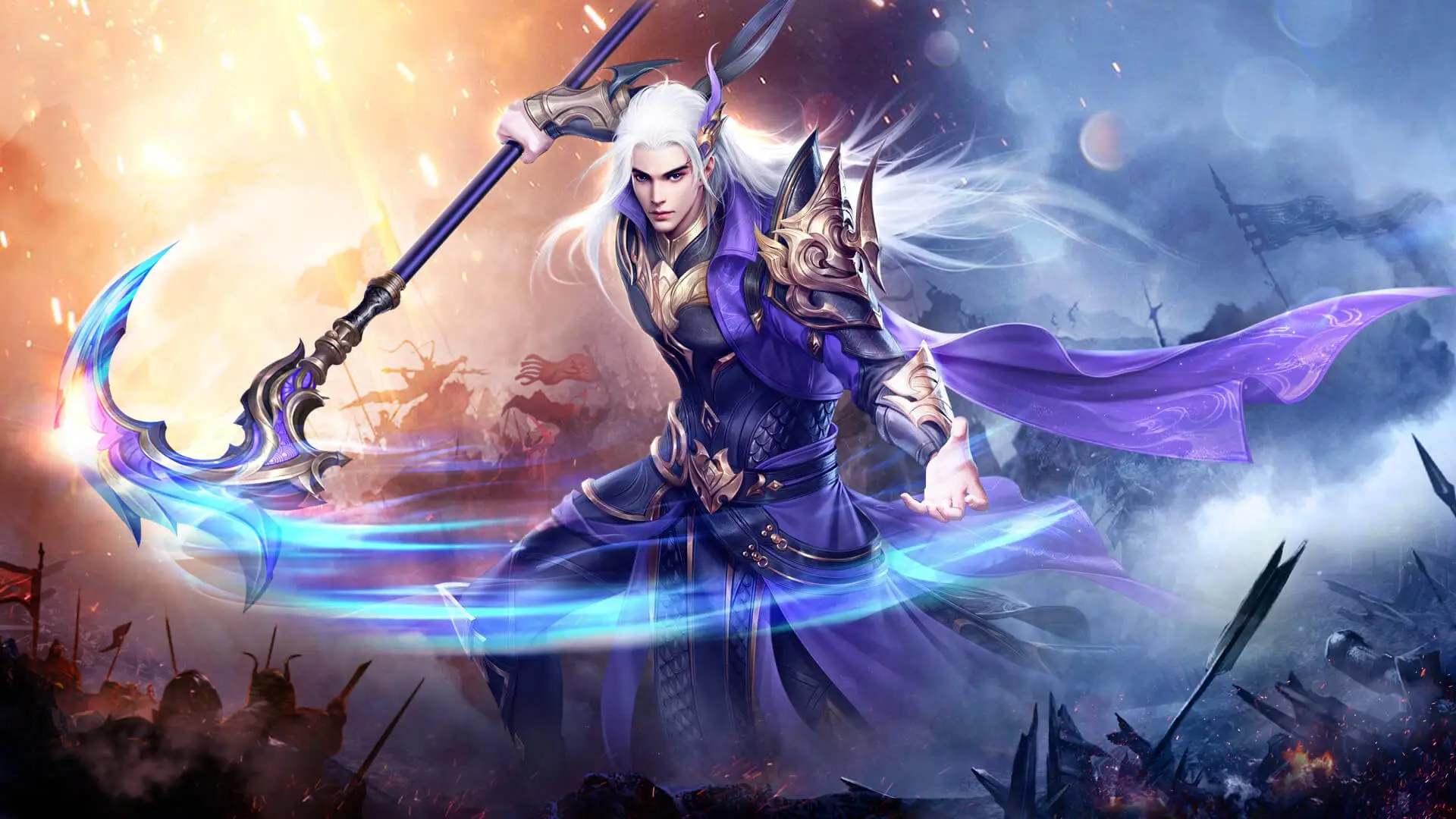Tetris - Party Edition: Competitive Modes - A Critical Review
Introduction
Tetris, the iconic puzzle game, has evolved over the years with various editions introducing new mechanics and modes. Tetris - Party Edition (2008) for the Wii brought fresh competitive multiplayer experiences, expanding beyond the traditional solo gameplay. This review critically examines the competitive modes in Tetris - Party Edition, analyzing their strengths, weaknesses, and overall impact on the Tetris franchise.

Overview of Tetris - Party Edition
Developed by Hudson Soft, Tetris - Party Edition was designed for casual and competitive play on the Nintendo Wii. It featured multiple game modes, including single-player challenges and multiplayer battles. The competitive modes were a major highlight, offering diverse ways for players to engage in head-to-head Tetris matches.
Key Competitive Modes
1. Versus Mode (Standard Battle)
The classic competitive Tetris experience, where players aim to outlast their opponents by clearing lines and sending garbage blocks.
Pros:
- Pure, skill-based gameplay.
- Fast-paced and intense.
- Retains the core Tetris mechanics.
Cons:
- Lacks innovation compared to other modes.
- Can feel repetitive for casual players.
2. Hot Lines Mode
A unique twist where players must clear highlighted ("hot") lines to score points.
Pros:
- Adds strategic depth by prioritizing specific lines.
- Encourages aggressive play.
Cons:
- May confuse new players.
- Less balanced than standard Versus.
3. Shadow Mode
Players compete to match a shadow outline of blocks projected onto their playfield.
Pros:
- Creative and visually engaging.
- Tests spatial awareness.
Cons:
- Can be frustrating if the shadow is too complex.
- Slower pace than other modes.
4. Item Battle Mode
A chaotic mode where players use power-ups to disrupt opponents.
Pros:
- Fun and unpredictable.
- Appeals to casual gamers.
Cons:
- Randomness can frustrate competitive players.
- Some items feel unbalanced.
Critical Analysis
Strengths
- Variety: The different modes cater to various playstyles, from hardcore to casual.
- Innovation: Modes like Shadow and Hot Lines introduce fresh mechanics.
- Accessibility: The Wii’s motion controls (optional) make it approachable.
Weaknesses
- Balance Issues: Some modes favor luck over skill (Item Battle).
- Learning Curve: New players may struggle with unconventional modes.
- Lack of Depth: Compared to modern Tetris games (Tetris 99, Puyo Puyo Tetris), the competitive scene feels limited.
Conclusion
Tetris - Party Edition successfully expanded Tetris into party-style competitive play. While not as refined as later entries, its creative modes provided a fun, if occasionally unbalanced, multiplayer experience. For casual players, it remains an entertaining title, but competitive gamers may prefer more polished Tetris variants.
Final Score: 7.5/10
Tags: #Tetris #GamingReview #PartyGames #CompetitiveGaming #NintendoWii #PuzzleGames

















